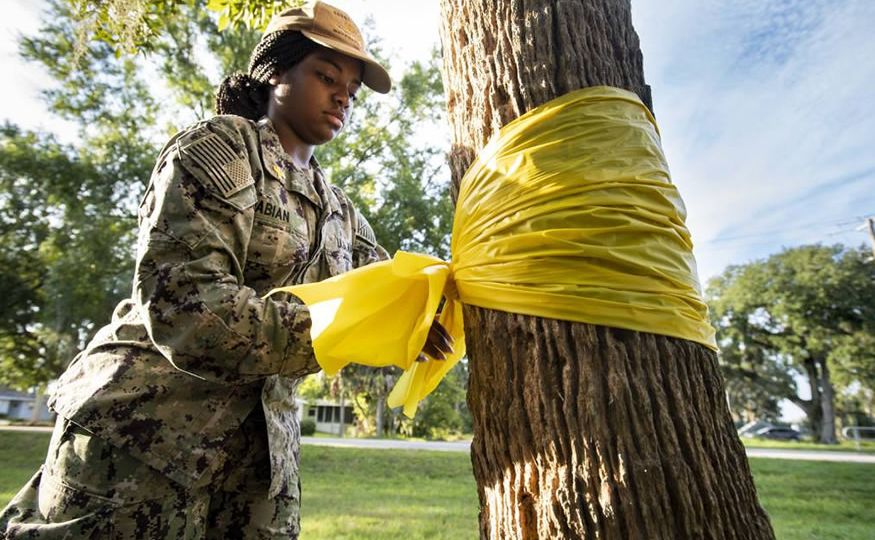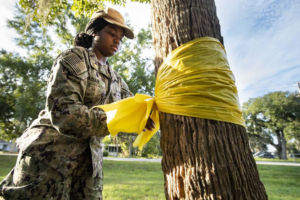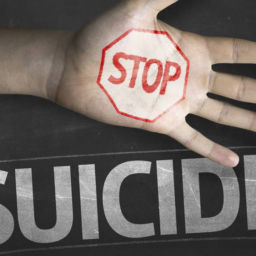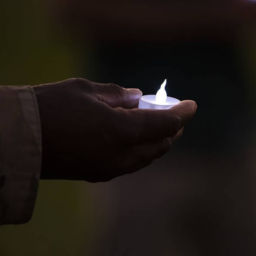
Article originally posted on the Military Times – View
Article Author – Meghann Myers
 Last fall, as the COVID-19 pandemic continued to rage, early reports showed that the stress of shelter-in-place orders and travel bans might have been contributing to troop suicides. But whatever was responsible for that spike, it didn’t last, and the latest Defense Department suicide report shows no statistically significant increases in 2020.
Last fall, as the COVID-19 pandemic continued to rage, early reports showed that the stress of shelter-in-place orders and travel bans might have been contributing to troop suicides. But whatever was responsible for that spike, it didn’t last, and the latest Defense Department suicide report shows no statistically significant increases in 2020.
There were 580 deaths by suicide among service members last year, according to the report released Thursday, up from 498 in 2019. While that represents a 16 percent increase in the number of suicides, it represents an increased suicide rate of about 2 per-100,000, which DoD does not consider significant for the purposes of tracking trends.
“Like you, we are very concerned about the suicide rates in our military, and we must do all we can to prevent these tragedies,” Maj. Gen. Clement Coward, acting executive director of the Office of Force Resiliency, told reporters on Thursday.
DoD does not suspect, at least for now, that the pandemic was to blame for any increase in the number of suicides.
“When we start talking about data, and what it could indicate we have always known that COVID, and the measures to respond to it, have presented unique challenges that would include risk factors for some folks,” . “That’s why we’re not only continuing to monitor this, but we’re also continuing to be relentless to mitigate the efforts as much as we can.”
This latest report does not dive into causal factors for suicide, though consistently, military suicides tend to be catalyzed by relationship and/or financial stress, predominantly in enlisted men under age 30 who have never deployed. A more thorough analysis of 2020′s cases will be included in the Suicide Event Report, which is generally released between May and July.
The suicide rate among active-duty troops increased from 26.3 deaths-per-100,000 to 28.7 from 2019 to 2020. While DoD does not consider that statistically significant. officials consider it significant that the rate has increased over a longer period, from up 20.3 in 2015.
The Reserves saw an increase from 18.2 to 21.4-per-100,000 between 2019 and 2020, undoing the notable drop seen in the previous year, when the rate came down from 22.9 in 2018.
The National Guard has seen an even bigger fluctuation in recent years. The 2018 suicide report made headlines because at 30.8 deaths-per-100,000, the National Guard had exceeded the nationwide suicide rate, when controlled for age and gender.
That came down significantly in the following year, for a rate of 20.5. In 2020, it was back up, to 27.
Among the services, the Army showed both the highest suicide events and the highest rate. This is how they break down:
- Army: 175 deaths at 36.4-per-100,000 soldiers.
- Navy: 66 deaths at 19.3-per-100,000 sailors.
- Marine Corps: 62 deaths at 33.9-per-100,000 Marines.
- Air/Space Force: 81 deaths at 24.3-per-1,000 airmen/guardians.
Among those, over 90 percent were enlisted, more than 70 percent were white, roughly 70 percent were under 30 and more than 90 percent were male.
The latest report is marks the third year DoD has also tracked spouse and dependent suicides. They report 7.7 suicides per-100,000, statistically consistent since 2017.
While the rate of female spouses dying by suicide is similar to the overall U.S. rate, they are more likely to use a firearm to carry out the suicide. Meanwhile, male military spouses are much more likely to die by suicide than men in the U.S. generally.
In addition to myriad prevention trainings and programs, the Pentagon is also homing in on some risk factors that can, theoretically, be more easily controlled than the complex web of emotions and impulses that lead to suicide.
The biggest one is gun ownership. Personally-owned weapons are the top method of suicide among service members: 64 percent of active-duty deaths, 75 percent of Reserve suicides and 80 percent of National Guard deaths are by firearm, and roughly 90 percent of those involved a personal weapon.
Comparatively, in U.S. residents of a similar age, firearms are used in 44 percent of suicides.
DoD has surveyed troops for their understanding of those trends, finding that the majority of them did not believe that having a firearm in the home, or how it’s stored, makes a difference in suicide outcomes.
“Research tells us that storing a loaded firearm at home, increases the risk of dying by suicide, up to four to six times,” Karin Orvis, director of the Defense Suicide Prevention Office, told reporters.
However, research has shown that keeping weapons unloaded and locked up greatly reduces suicide risk among gun owners.
Troops, however, we more likely to believe that someone who wants to die by suicide will find a way.
In fact, research has shown that suicides are often impulsive, Orvis said, and that it can sometimes take as little as 10 minutes for someone to consider attempting suicide and then carry it out. And therefore, the harder it is to find the means, the less likely a suicide will occur.
Article originally posted on the Military Times – View
Article Author – Meghann Myers






